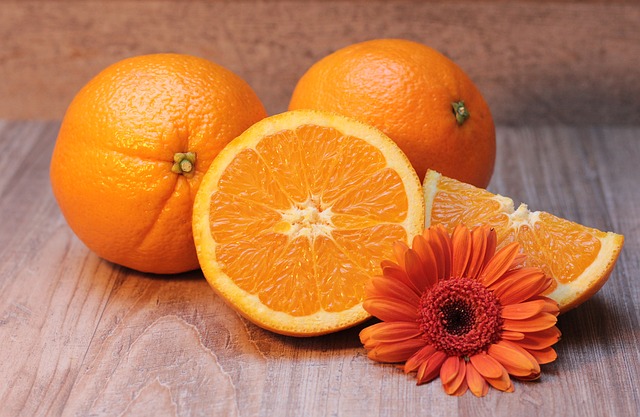
Juicing is a convenient and tasty way to get your recommended servings of fruits and veggies, without actually having to sit down and eat them all. Keep reading to find out more about the equipment you need, the kinds of juices you can make, and when you should drink your juices.
Use a single gear juicer that “chews” fruits and vegetables to extract the juice. This type of juicer is gentle on the ingredients, leading to a juice which contains all the nutrients it possibly can. This type of juice from a masticating juicer stores easily and is more stable.
Leafy Greens
If you are using dark, leafy greens in your juice blends, you may wish to consider adding in cucumber as well. Most leafy greens have a strong, sometimes unpleasant flavor. Cucumber juice will cover up the strong flavor of greens and make the juice taste refreshing. Cucumbers also contain several key nutrients, especially if they are unpeeled.
To make the very best, most delicious apple juice, pick apples that are fully ripened and bursting with sweetness. If you come across a bruised apple, be sure to cut out the bruised area prior to using. Apples like Red Delicious, Gala, Fuji, and Rome have sweet tastes that lend themselves well to producing a rich, sweet, and flavorful juice.
The healthiest vegetables for juicing are greens such as: chard, spinach, kale, collard greens and broccoli, amongst others. Try to make most of your juices 50-70% greens, and add fruit or other vegetables for flavoring. Juices made from fruits often contain more sugar and are subsequently less healthy than juices that are mostly made from greens.
Think of your juice as a whole meal. Once you have made a few juices and know how much foods you have to have for just a single glass of juice, that idea will seem more logical to you. By drinking your juice by itself, your stomach will be able to absorb the nutrients quicker.
Think of your juice in terms of color. From vibrant greens to bright reds, different colored vegetables and fruits contain different minerals and nutrients. These differences allow for a more satisfying nutritious experience along with a wide variety in taste.
Before you blend veggies and fruits, do some homework about what goes well together. There are major differences in the vitamins and minerals that you get from the wide variety of produce on the market. Your best option is to mix items that will provide you with a variety of vitamins and minerals, ones that will meet your daily requirements. By doing this, you will provide your body with some excellent nutrients, plus you might discover some unique, enjoyable new blends.
Coffee Filter
If you do not want your juice to contain pulp, you can eliminate it by using a coffee filter. You may not like the pulp consistency that some juices will create. The pulp can be reduced or eliminated by straining the juice through a cheesecloth or a coffee filter.
Juicing for the fridge is a great idea, however, you will want to prevent color change in the juice. Juice that loses its fresh, bright hue and turns to a dull gray or brown isn’t very appetizing to anyone. The addition of two teaspoons of lemon juice, fresh if possible, can help prevent this change. The lemon will not be enough to overwhelm the flavor, but will keep things looking fresh.
You have seen how juicing lets you add the health benefits of fresh fruits and vegetables to your diet without needing to eat so much. By following the tips in this article, you can begin enjoying the delicious way to a healthier life through juicing.
